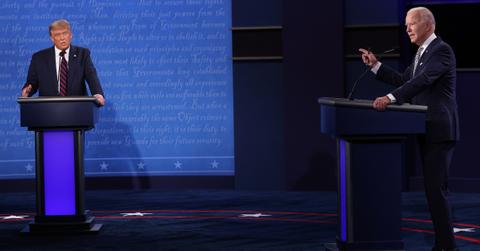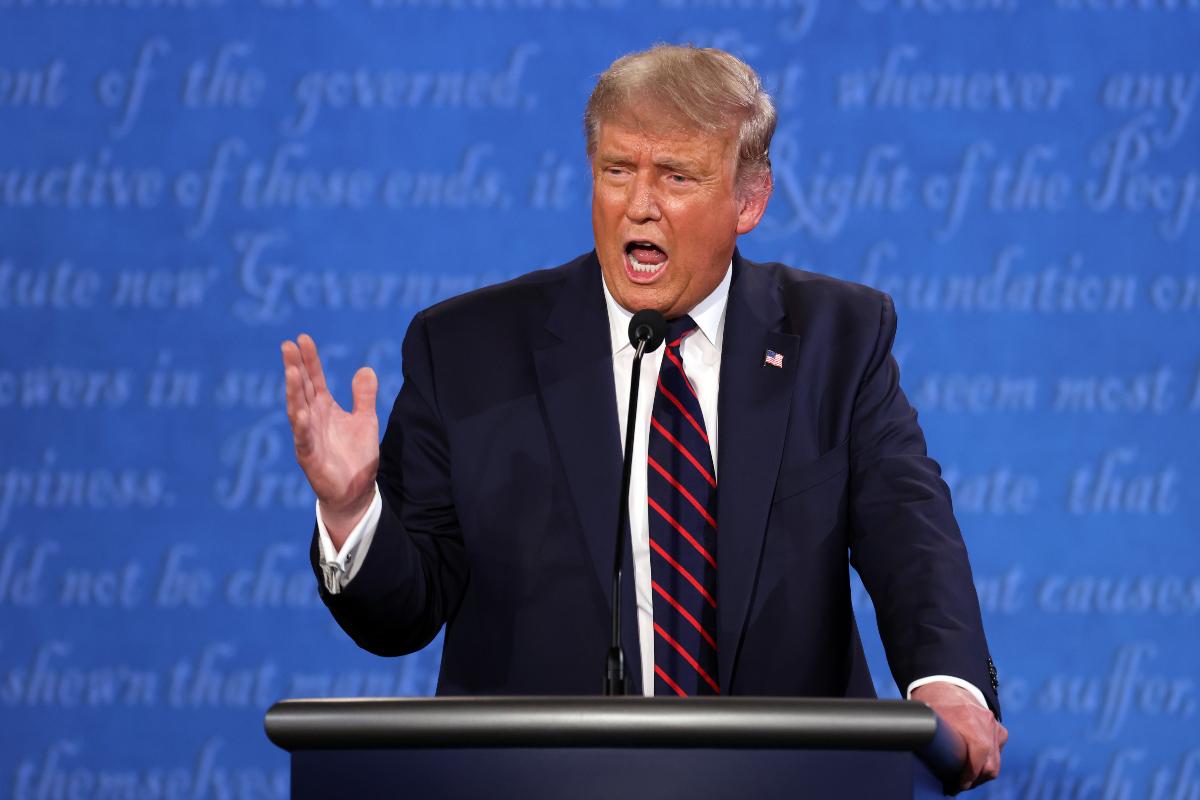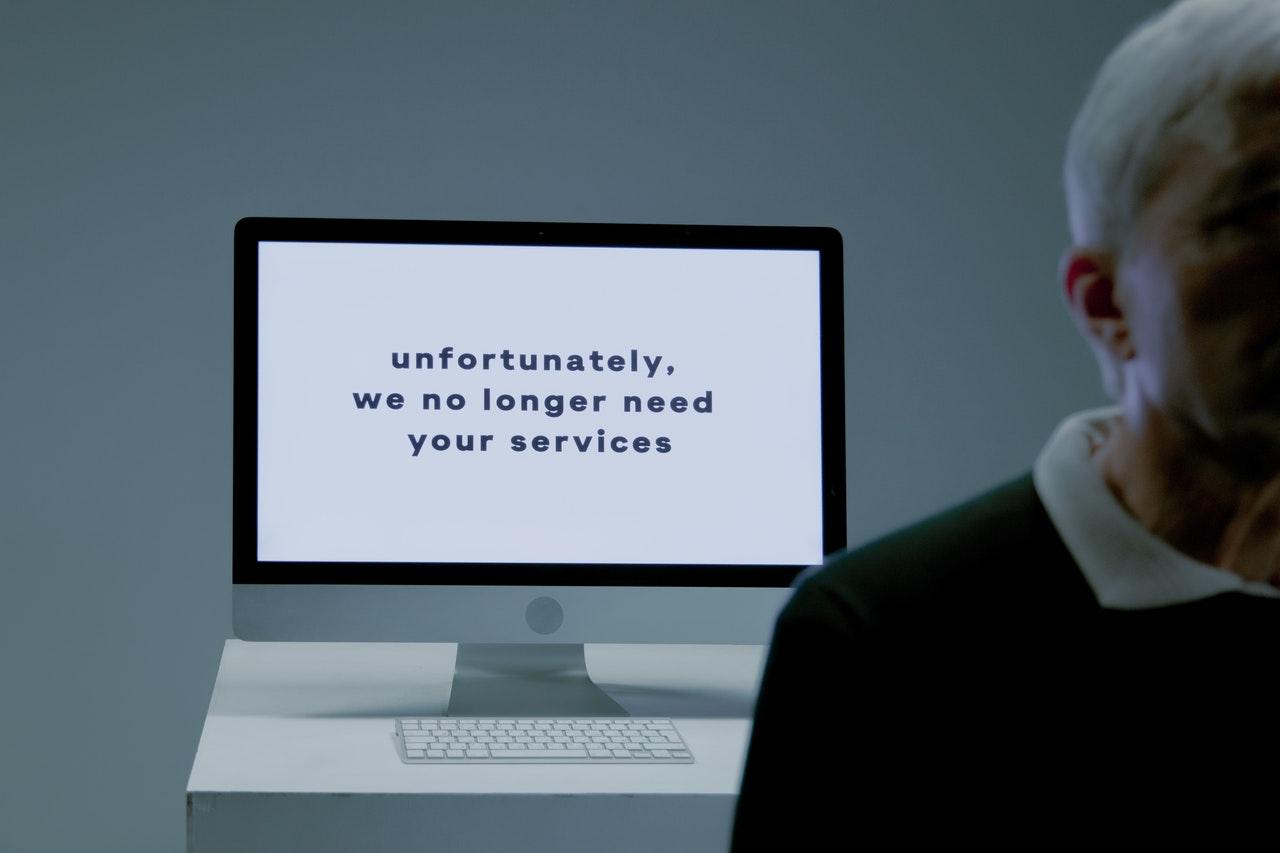U.S. Unemployment Rate: Biden’s Performance Compared to Trump
The U.S. unemployment rate has gradually come down. How does the rate under President Joe Biden compare with that under former President Trump?
Dec. 7 2021, Published 10:11 a.m. ET
The U.S. jobs report for November was a mixed bag. While the economy added fewer-than-expected jobs, most economists saw the falling unemployment rate and rising labor force participation as positives. Meanwhile, after a supercharged electoral race, there are bound to be comparisons between President Joe Biden and former President Donald Trump.
Obviously, the world has changed since the COVID-19 pandemic started. Trump’s presidency was marked by sharp growth in the U.S. and the global economy in the first three years. However, in his last year as the U.S. president, the U.S. economy fell into a recession.
How has the U.S. economy changed under Joe Biden?
When Joe Biden assumed the presidency in January 2021, the U.S. economy was in an upturn. Strong economic growth is one of the reasons that we have high inflation and a labor shortage situation in the U.S.
The U.S. unemployment rate fell to a 50-year low under Trump.
When Trump became president in January 2017, the U.S unemployment rate was 4.7 percent. It fell gradually but stayed above 4 percent in 2017. In 2018, the U.S. unemployment rate continued to come down and fell below 4 percent.
Under Trump’s presidency, U.S. unemployment fell to historical lows of 3.5 percent in September 2019. U.S. unemployment rose to 3.6 percent in the fourth quarter of 2019 but fell to 3.5 percent in January 2020. The unemployment rate stayed steady at 3.5 percent in February 2020.
When the COVID-19 pandemic started, the U.S. unemployment rate rose sharply to 4.4 percent in March. The rate rose to 14.8 percent in April 2020, which was the peak during the pandemic. Since then, the U.S. unemployment rate has continued to come down and it was 6.3 percent in January 2021 when Biden became the U.S. president.
Economists had a dire prediction for U.S. unemployment.
Incidentally, most economists were proven wrong and the dire predictions that some made didn't come true. For example, Goldman Sachs predicted that the U.S. unemployment rate would peak at 25 percent. Similarly, the steep rise in asset prices took most of the analysts by surprise.
How has the U.S. unemployment rate been under Biden?
Under Biden’s presidency, the U.S. unemployment rate has continued to come down and was 4.2 percent in November. The economic stimulus announced by Trump, and then the Biden administration's continued aid helped propel a recovery in the U.S. job market.
One concerning aspect of the U.S. labor market has been the low labor force participation rate. Simply put, the labor force participation rate tells us how many adults above the age of 16 are either working or actively looking for a job.
In February 2020, the U.S. labor force participation rate was 63.3 percent. However, it fell to 60.2 percent in April 2020. Because of the COVID-19 pandemic, many people, especially the aged population, dropped out of the labor force. While the labor force participation rate has improved and hit 61.8 percent in November, it's still well below the pre-pandemic levels.
Low labor force participation is one of the reasons why there's a shortage of workers in many industries. Companies have had to pay higher wages to attract workers, especially for entry-level jobs.
Coming back to the comparisons between Trump and Biden, it isn't an apples-to-apples comparison. Trump’s economic reform agenda did help drive momentum in U.S. jobs markets. Similarly, the timely stimulus helped prevent an even bigger slump in the employment market.
As for Biden, he continued with the stimulus program. Meanwhile, the stimulus has since been toned down even though many people want a fourth stimulus cheque amid the emergence of the omicron variant of the COVID-19 virus.



